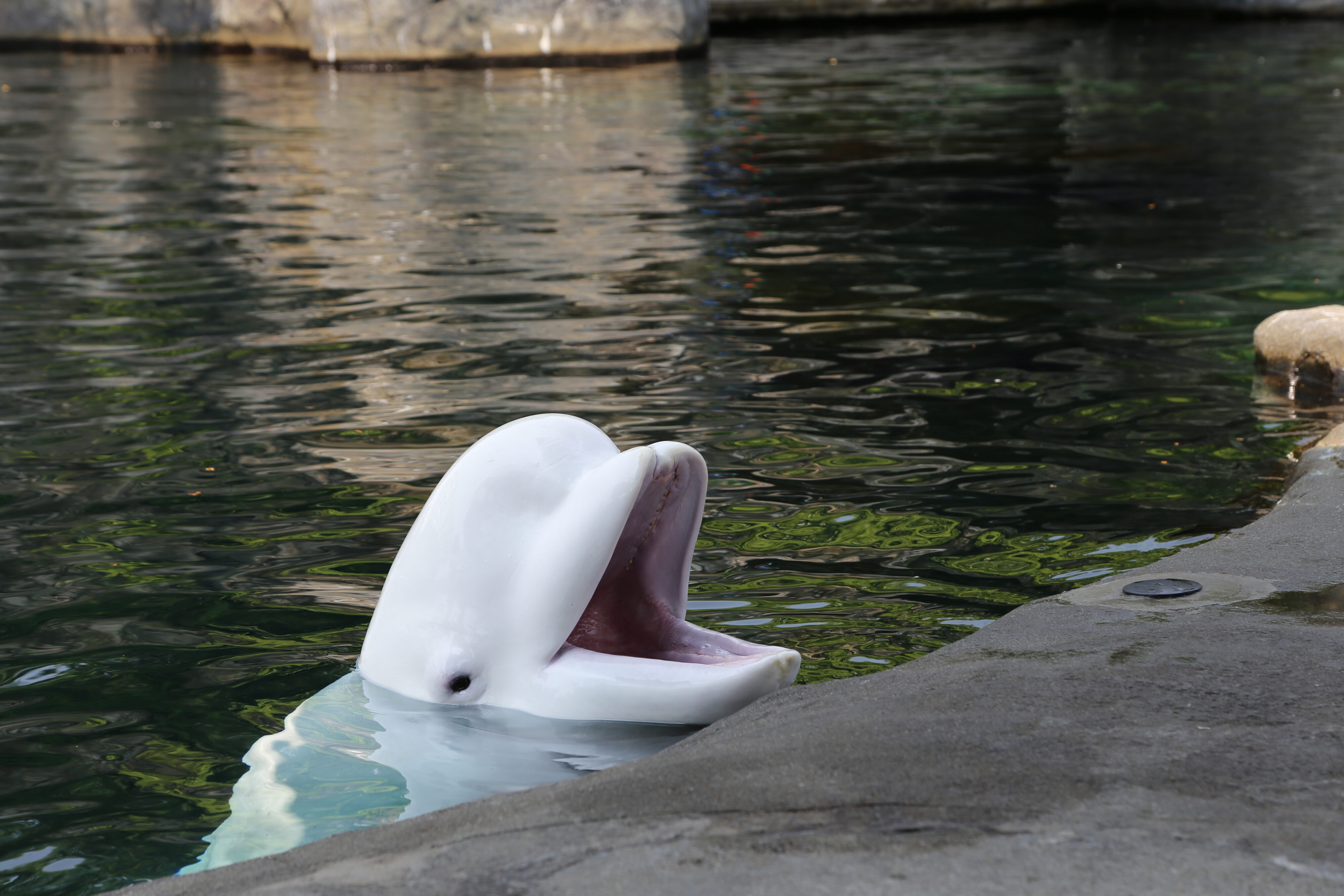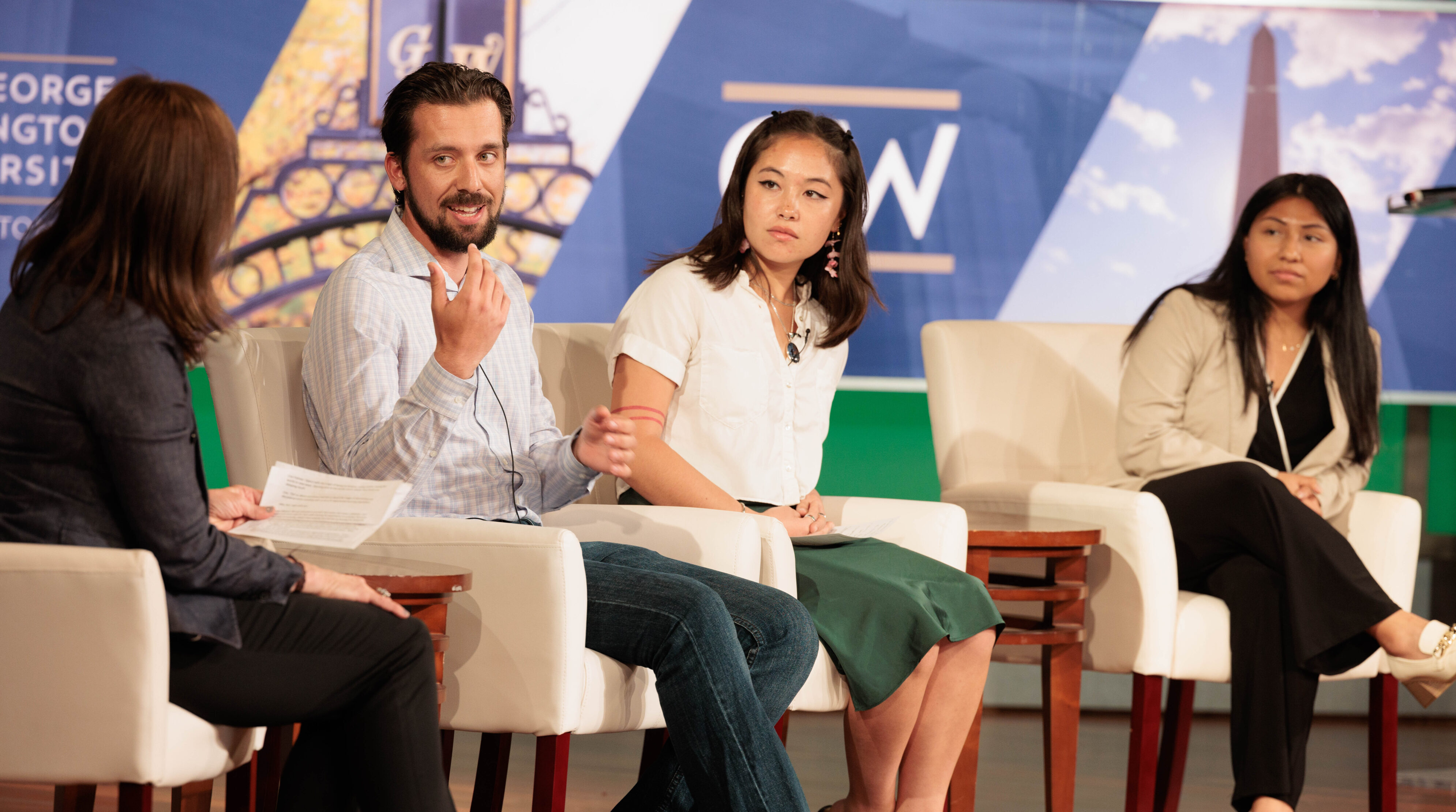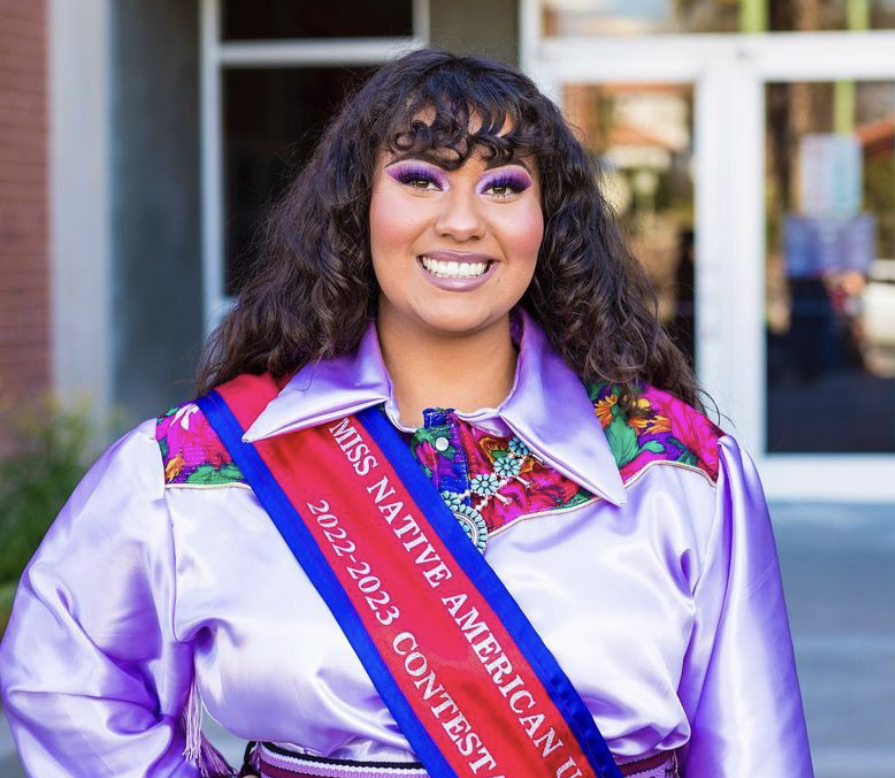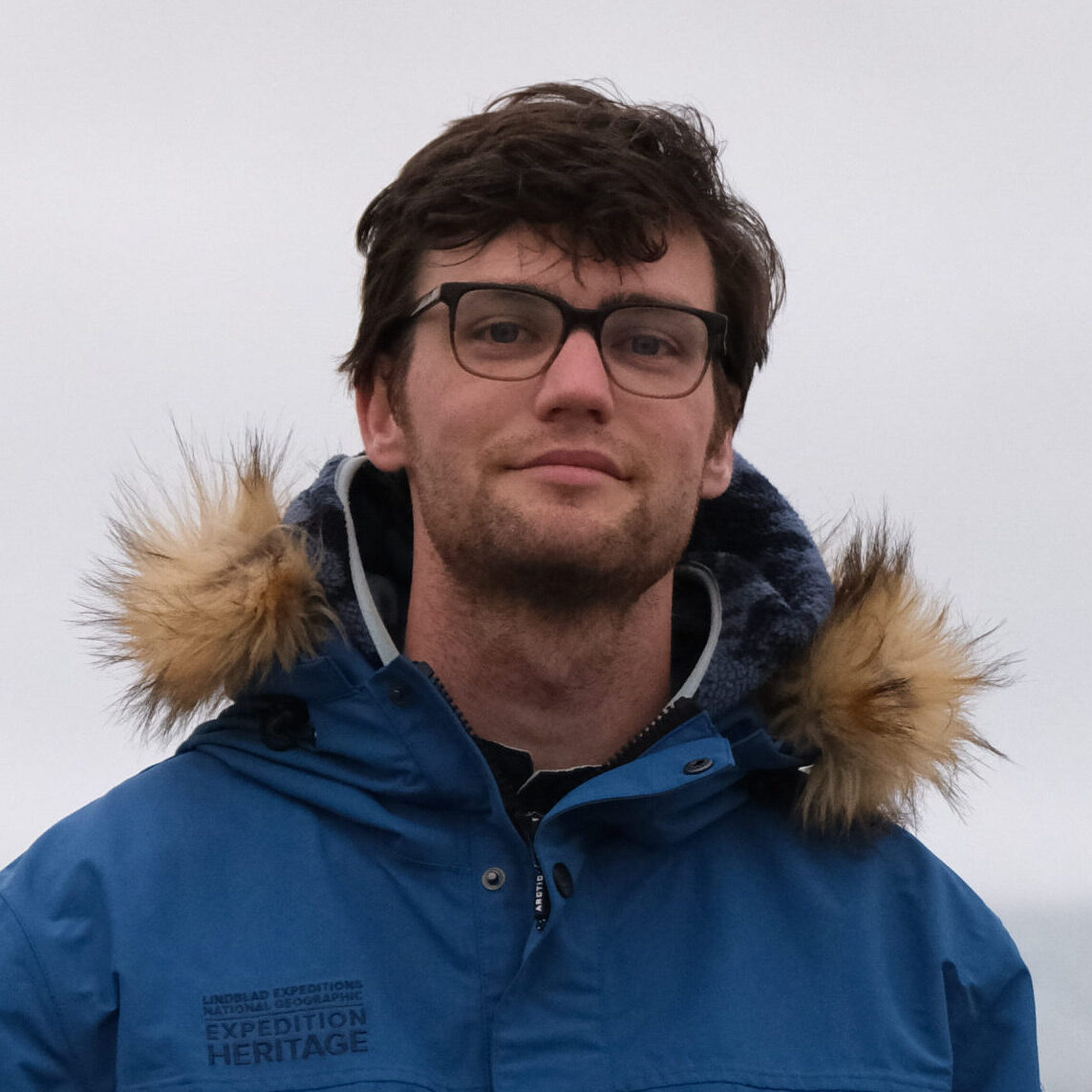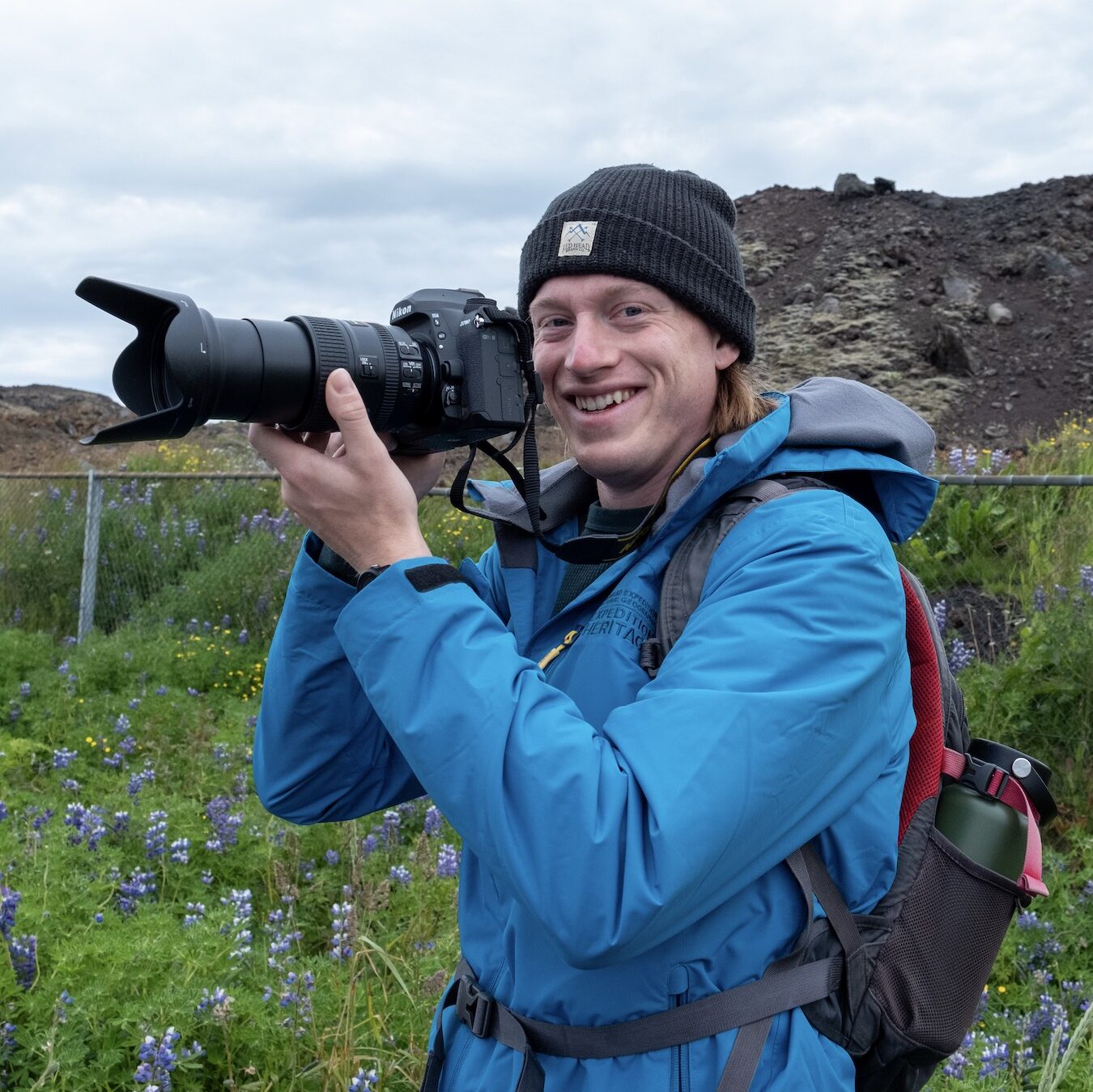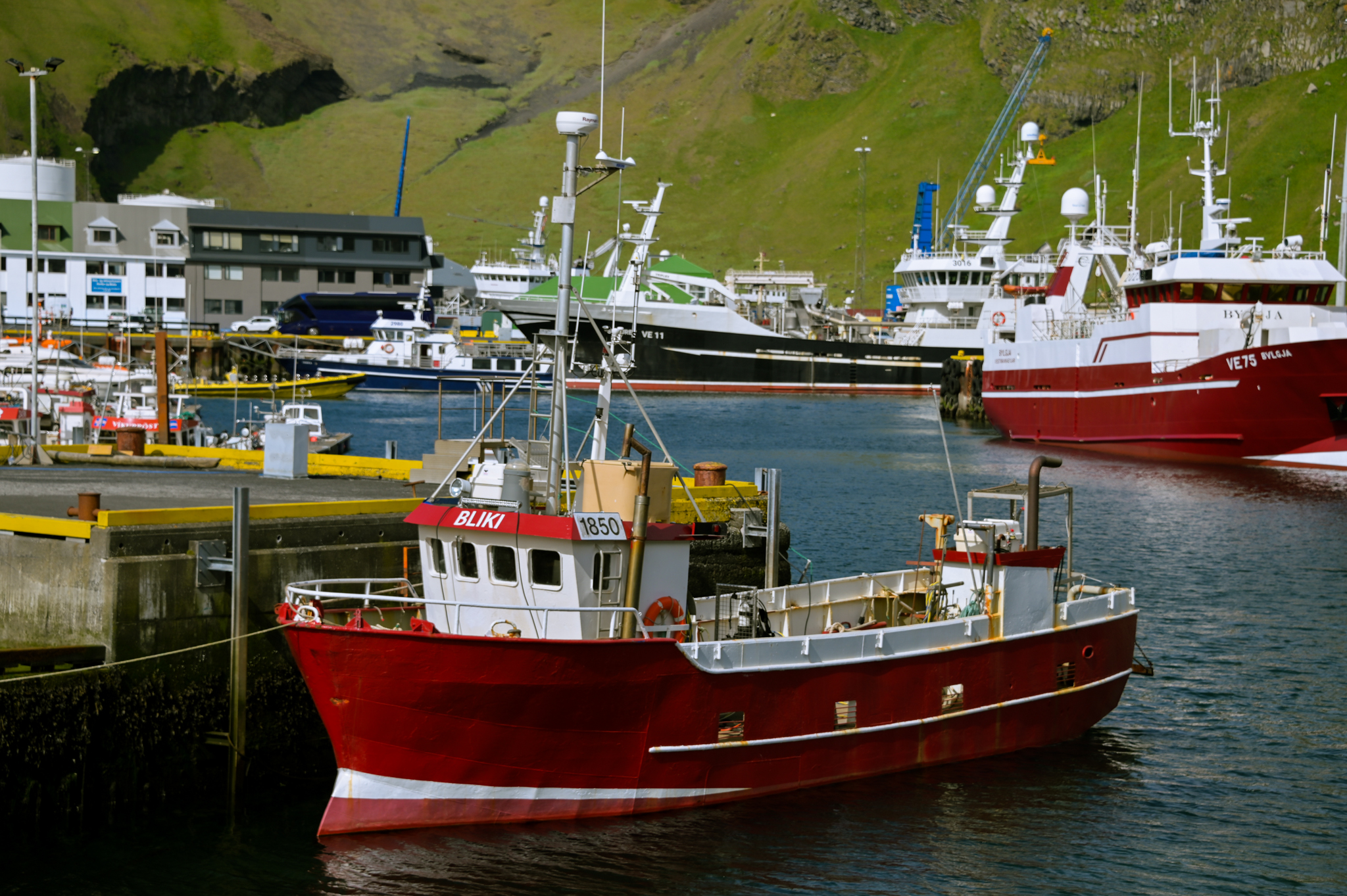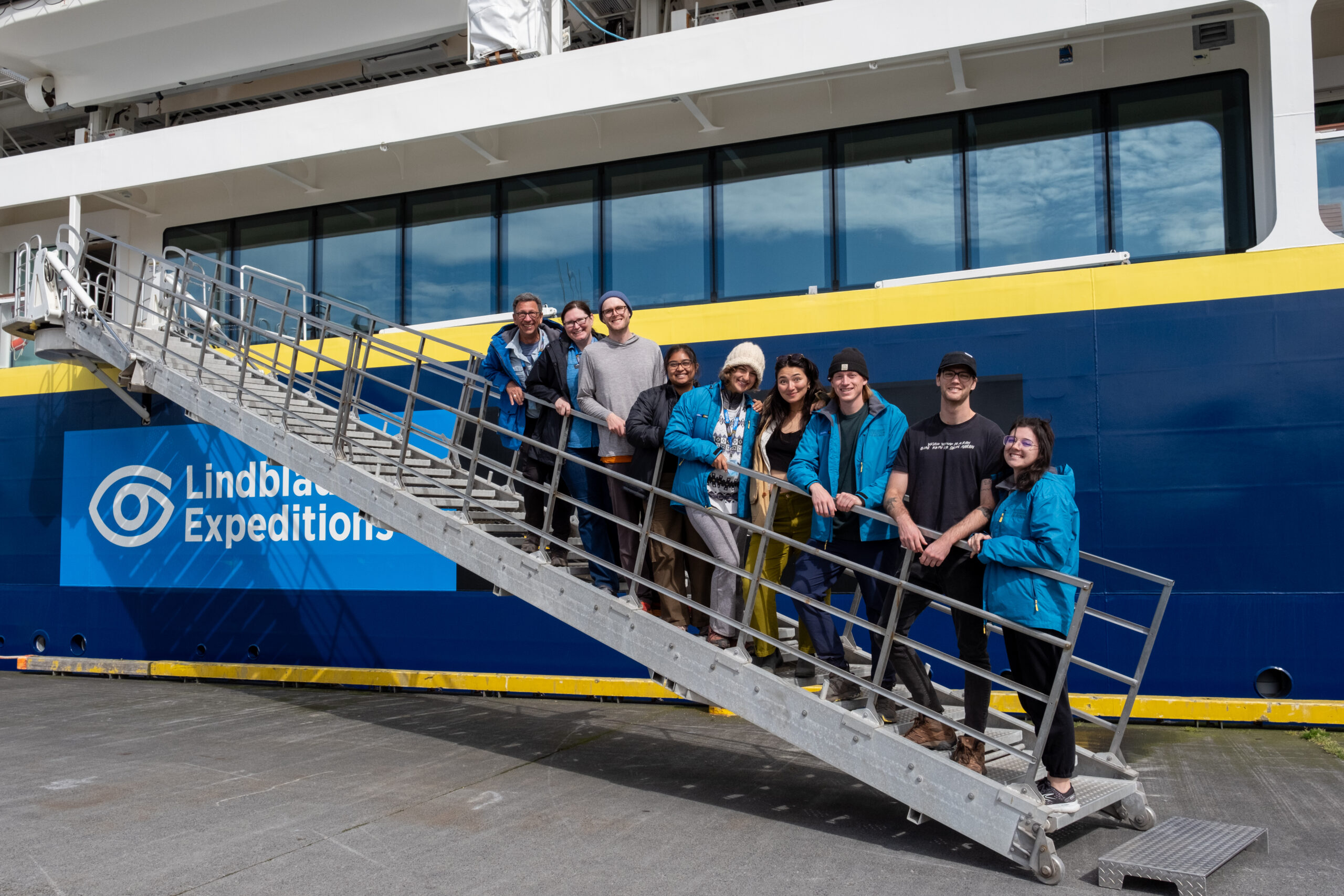In Navajo stories, the coyote is a trickster and a teacher that disobeys normal rules and conventional behaviors. (Nadira Mitchell)
Weaving Diné teachings and science
Nadira Mitchell, a Navajo (Diné) student, weaves an oral story about how Indigenous ways of knowing, like traditional ecological knowledge (TEK), is vital in science and conservation. She speaks on how her Diné upbringing inspired her to go into STEM and how academia still fails to view Indigenous science practices as valid. As a natural resources major emphasizing in wildlife conservation and management, she talks about how the coyote plays an integral role in Navajo culture and in our environment.
Full transcript below:
Nadira:
Yá’át’ééh, Shí éí Nadira Mitchell yinishyé Naakaii Dine’é nishłį́, bilagáanaa bashishchiin, Tótsohnii dashicheii, bilagáanaa dashinalí.
Hello my name is Nadira Mitchell, I just introduced myself in the Navajo language or Diné Bizaad. Diné is what we call ourselves in our language, it means “the people.”
I am a natural resources major emphasizing in wildlife conservation and management and also minoring in American Indian studies at the University of Arizona.
My connection with nature and science first took place at home in my front yard. I was born and raised in the Sonoran Desert, specifically in Tucson, Arizona which is located on the traditional homelands of the Tohono O’odham and the Pascua Yaqui. My father is from Illinois and my mother was born on the Navajo reservation.
Out here in the rural part of Tucson, it is mostly desert scrub with plants like cacti and thorny trees. Plants that are drought resistant.
When my parents married, they decided to grow their own ‘oasis in the desert’ in our front yard.
My parents grow lush flowering plants like honeysuckle that attracts hummingbirds and pomegranates that are eaten by all animals.
Our oasis in the deserts attracts many wildlife species like lizards, migrating and native birds, small rodents and the occasional sly coyote I’ll catch a picture of on my wildlife camera.
My earliest memory of interacting with wildlife was in our front yard. I would play in the mud during the monsoon season when I started to notice these snails with spiral shells. My mother encouraged me to interact with the snails because she grew up interacting with the natural world by playing with horned lizards, making mud homes, and chasing flying insects. I remember picking up as many snails as I could find and compiling them in a bucket. I would then tally how many snails I collected on a discarded cardboard box. Once I finished analyzing the snails, I would put them back in their habitat because my mom taught me that in our Diné culture, we respect all animals. By respect she meant to treat all animals like how we would want to be treated. So I would gently place them back on the earth and bless them for sharing their knowledge.
Even though I did not know it at the time, I was already engaging with environmental stewardship. This is an integral practice in traditional ecological knowledge. I was also conducting observations and data collection which is also part of the scientific method. For many people, our first experiences with science is not in a lab but by having an active role in it: sitting in mud puddles, catching lizards, tasting the sweetness of the dried mesquite pods, and seeing the clouds form during monsoon season.
Whenever I am asked why I wanted to go into the STEM field and why I am a natural resources major emphasizing in wildlife conservation and management, I tell the snail story and how I have been involved with science since I was young.
It was not until college in my introduction to natural resources class when I realized that Indigenous traditional knowledge is seen as less than, even inferior to Western science.
In class the professor was discussing the different perspectives on the environment. He acknowledged the Indigenous perspective, but to me, he failed to teach it as an equally valid viewpoint compared to the western perspective.
I will never forget him saying, during the lecture, that, “What the Native Americans were doing back then was not science,” his words surprised me so much that I could not remember the context for this statement. All I could think about was how he said this in front of a hundred students and no one seemed surprised at all.
Instances like this is why the acknowledgment of Indigenous ways of knowing is crucial. This dismissal of our knowledge is dehumanizing and diminishes the knowledge we have cultivate since time immemorial
When I think of traditional knowledge and traditional ways of knowing I think of ma’ii, the coyote.
The coyote is a trickster and teacher in Navajo culture, but it is also a keystone species, which are an integral species in ecosystems
Coyotes have adapted to survive in different habitats from North to Central America. They have even adapted to cities due to their opportunistic feeding habits. They are known to scavenge and eat human food or even pets. One of the coyote’s main contributions to our ecosystem is managing smaller predators like foxes, cats, raccoons and opossums. These predators consume eggs and without the presence of coyotes, bird populations would decrease.
However, the coyote’s opportunistic nature has been seen as predatory by ranchers, farmers and landowners. In the past there has been support from the federal government to try and exterminate the coyote and wolf due to their perceived similarities as a nuisance. This extermination has been successful for wolf populations in America but not with the coyote.
And from what I know about my tribe’s interactions with the coyote, we have never led a campaign to wipe them out.
I learned through Navajo stories that the coyote is a trickster and a teacher that disobeys normal rules and conventional behaviors. These stories are told to Navajo youth to teach certain lessons or explain why our world is the way it is. In these stories, Coyote interacts with various animals, humans and the Navajo Holy people to get food, steal possessions or cause mischief. These stories teach us how not to behave.
The coyote is the trickster because he embodies chaos to teach us what is wrong in our society. Coyote plays an integral role in our Diné creation story when the Coyote’s foolishness helps form the world as we know it. Our world is not perfect, and Coyote is a symbol that teaches us this. Without the trickster, there would be no sense of balance or Hózhó in Navajo. Hózhó is an integral part of Navajo culture, to me it is to live in harmony with yourself and the natural world. You cannot have Hózhó if you do not understand what the opposite of Hózhó is. That is why the coyote is important because he embodies characteristics we should not follow.
The coyote stories are an example of why inclusion of traditional ecological knowledge and, Indigenous ways of being is crucial for modern-day conservation.
Oftentimes in Western science, scientists see themselves as separate from the environment and what they are studying. Within our ways of knowing, the researcher has a responsibility to what is being studied because we are in relation to each other. Western science tends to break things into parts and isolate them like pieces to a puzzle, while traditional ecological knowledge tends to unify, connect them, and look at the whole system. Within our knowledge systems we accommodate ourselves to the natural world rather than control it, which is an often occurrence in Western Science.
The acceptance and integration of Traditional ecological knowledge and overall Indigenous knowledge will allow for more intersectionality in conservation. This is vital for making ecological, environmental, and natural resource management decisions.
Not just because our knowledge may or may not have the solutions to the climate crisis, but because our knowledge, our beliefs and traditional teachings have intrinsic value.
Looking back at my time with the snails when I was kid, I did not even know what species they were. It was not until I was in high school that I thought to look it up online. I typed in the search bar, “spiral shell snails Arizona ” and checked out the pictures and a few sites.
The moment I finally figured out the species of snail, it felt like I cracked a code. But it was bittersweet. The species of snail were not native to Arizona, not even to America. They come from Europe and were introduced to America to control another snail population. I felt betrayed by the snails I used to collect because they were an introduced species that have a tendency to cause damage to the local environment.
Unfortunately, I have not interacted with the snails I used to observe when I was a kid. I asked my mom where they went, and she told me I have not been looking hard enough. And she is right, in order to understand the world around us, we need to return to our traditional ways of learning by going outside and connecting with the natural world not just to collect data, but to listen to the mourning doves, look for the snails on the moist topsoil, and possibly see a lone coyote out in the distance.
Ahe’hee’, thank you for listening to my story





